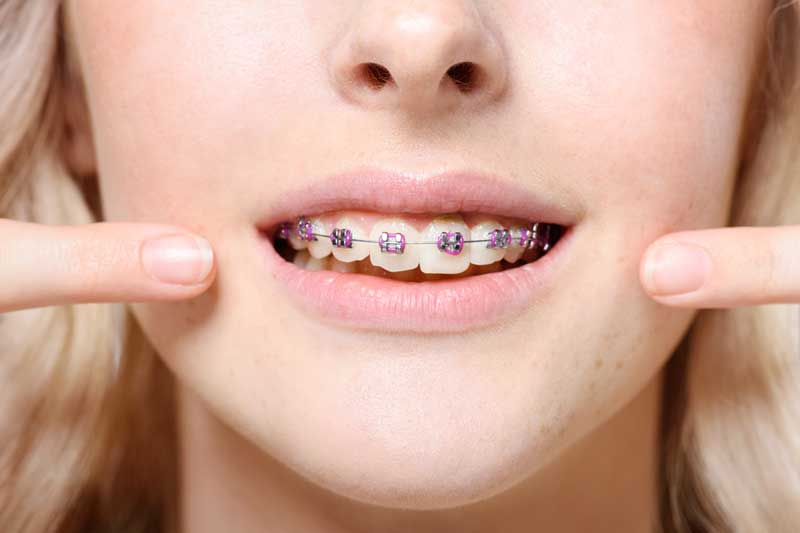A world of orthodontic treatment options is within reach
Over a more than 18-year career, Dr. Warren Boardman has established himself as an authority in northern New Jersey on oral appliance therapies to resolve everything from TMJ Disorders to sleep-disordered breathing, associated with bite imbalances, malocclusion or teeth and jaw misalignment. Furthermore, as a branch of dentistry, orthodontics also involves using oral appliances to reposition the teeth and address uneven spacing between the teeth and bite problems.
Due to our considerable expertise and experience with orthodontics and related treatment at Ridgewood Dentistry, patients know that the health, safety, and appearance of their teeth, mouth, and jaws are in exceptional hands.
Plenty of treatment options

Traditionally, patients with crowded, crooked, and otherwise misaligned teeth had limited options to correct those problems. Braces conventionally involve fixing or securing a system of silver-colored metal wires and stainless-steel brackets to the teeth. In conjunction with small “O-rings” or tiny bands, braces apply consistent force on the teeth. When adjusted by your dentist or orthodontist throughout treatment and as needed, braces incrementally reposition the teeth and bring balance to the opposing teeth in the upper and lower jaws when you bite down.
Clear aligners present a treatment alternative for patients who have always wanted to straighten their teeth but hesitated due to the obvious appearance of conventional braces and the perceived discomfort associated with fixed (non-removable) wires, brackets, and bands. They are also an appropriate treatment for adults whose teeth have experienced regression. This process involves formerly treated teeth returning to their pre-treatment positions over time.
Both teens and adults alike appreciate that these aligners are removable. You can easily remove your aligners when eating, brushing, and flossing. They are easy to care for and made from a smooth, transparent plastic that is comfortable and discreet. When worn as directed by Dr. Boardman, the aligner trays gradually reposition the teeth. The number of aligners needed and total treatment time is comparable to traditional braces and may even be far shorter (depending on your needs and unique characteristics).
Bear in mind that even so-called “traditional” orthodontic treatments have evolved. Today’s braces are generally lighter and can be made with ceramic brackets and tooth-colored wires. These features add up to a much more pleasing and comfortable patient experience.
Call (201) 448-8605 with questions or to schedule an appointment at our office in Ridgewood, NJ.


